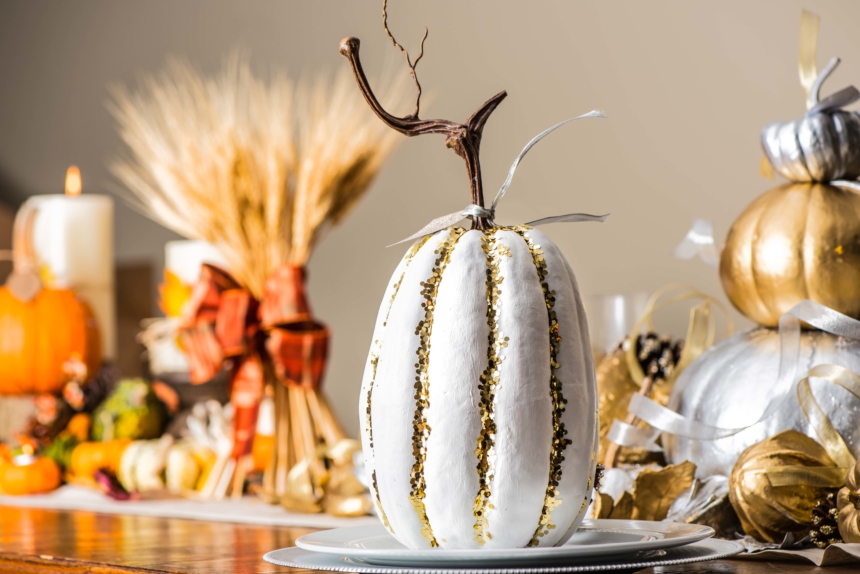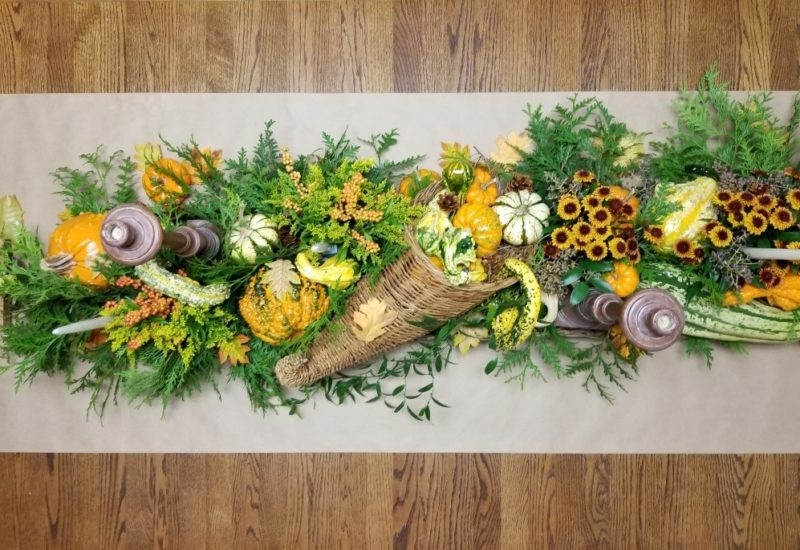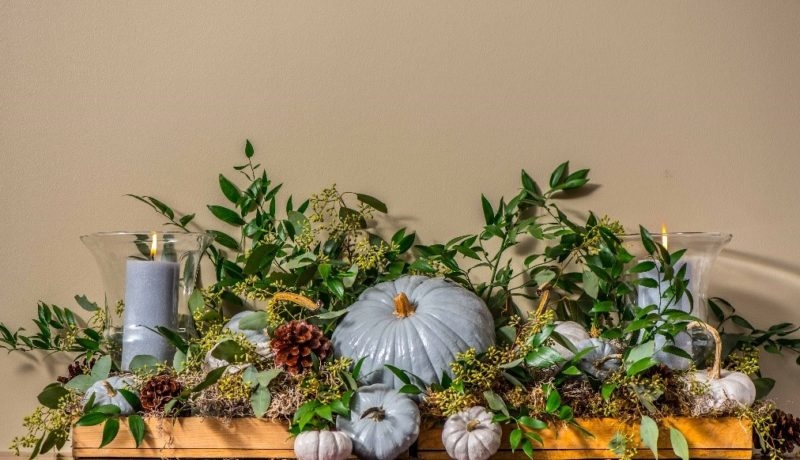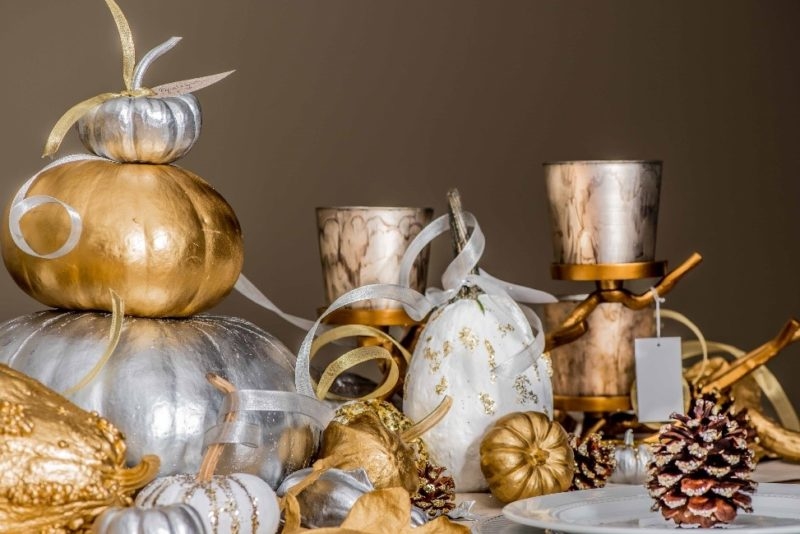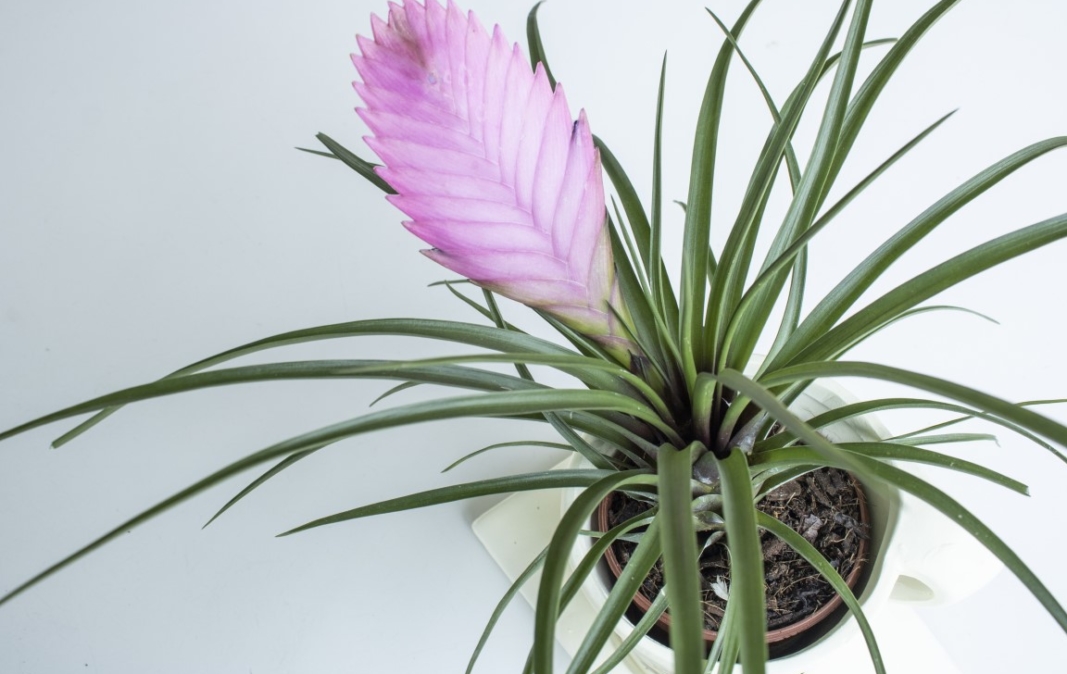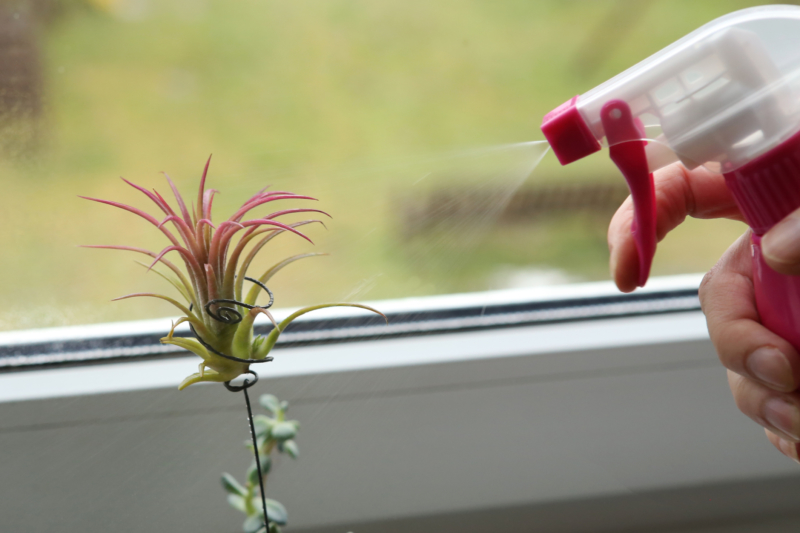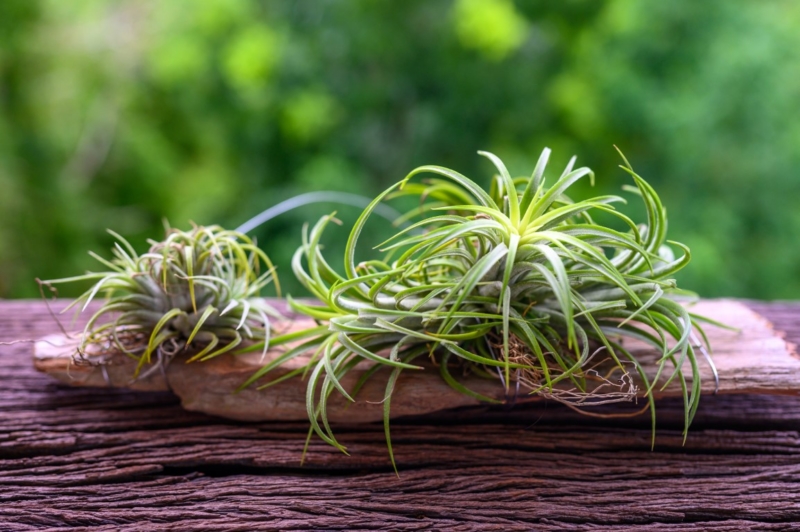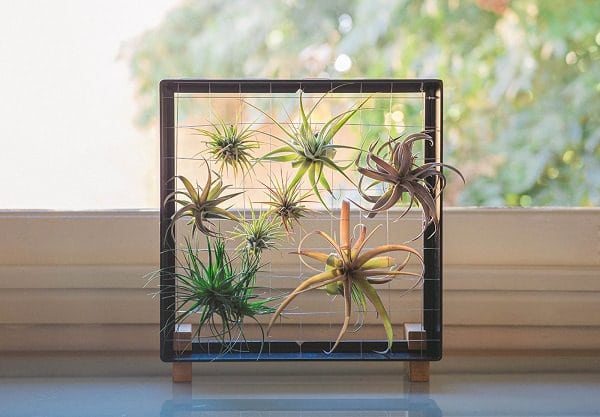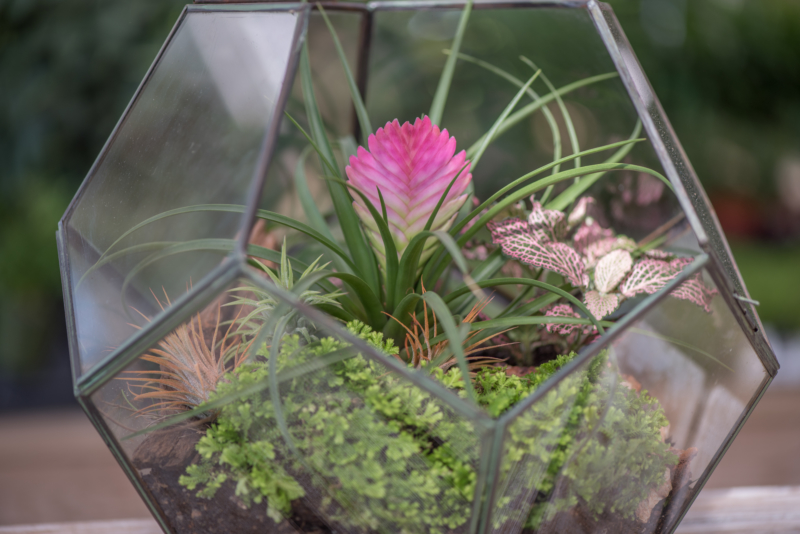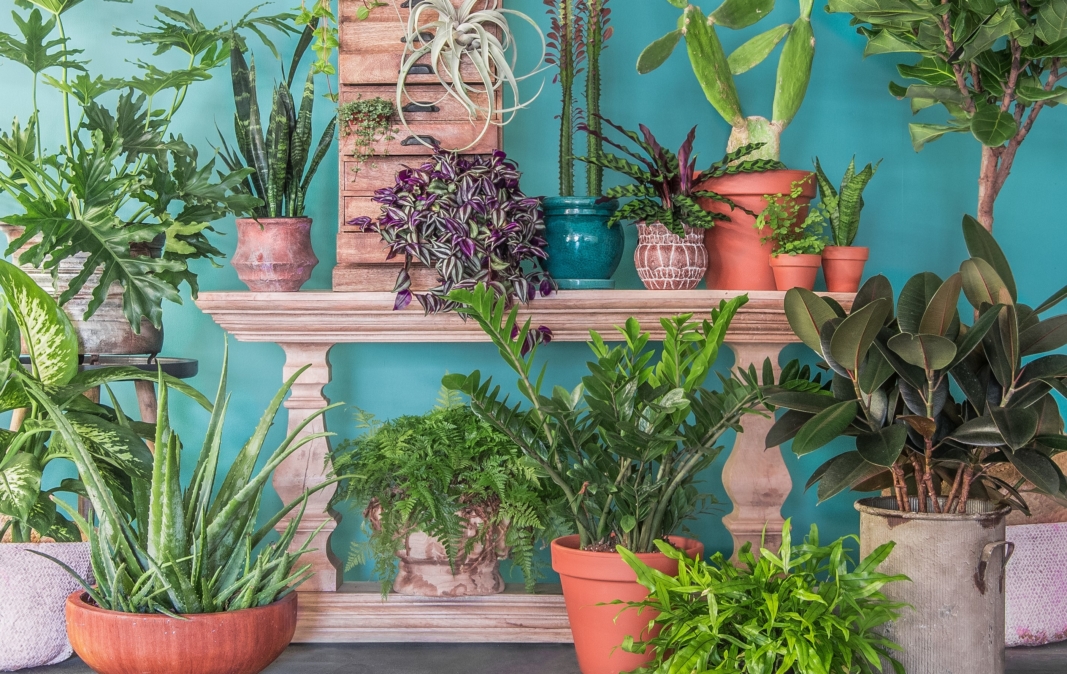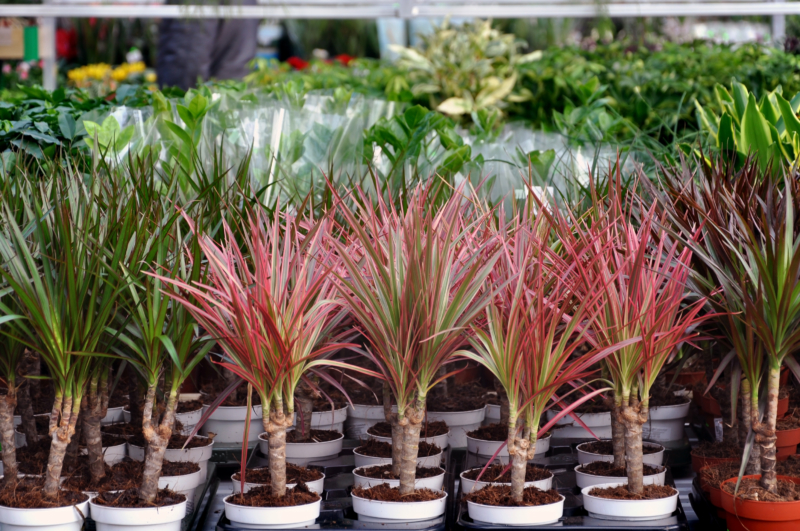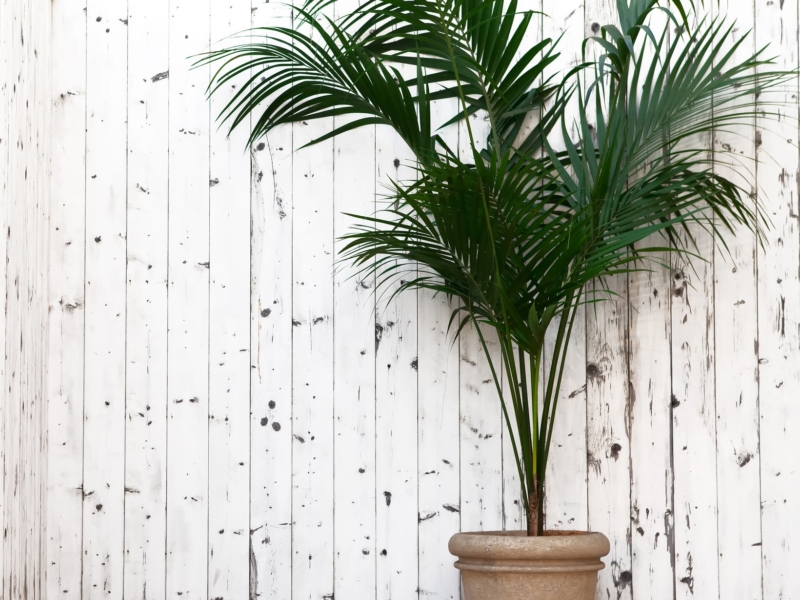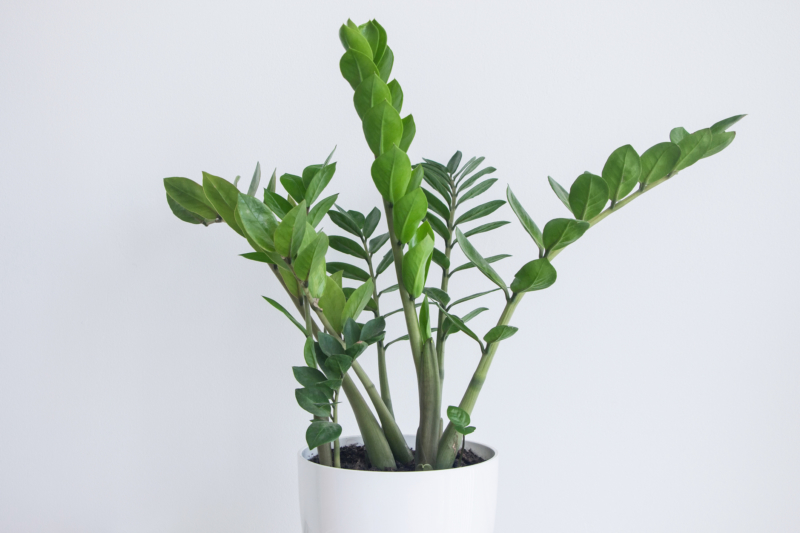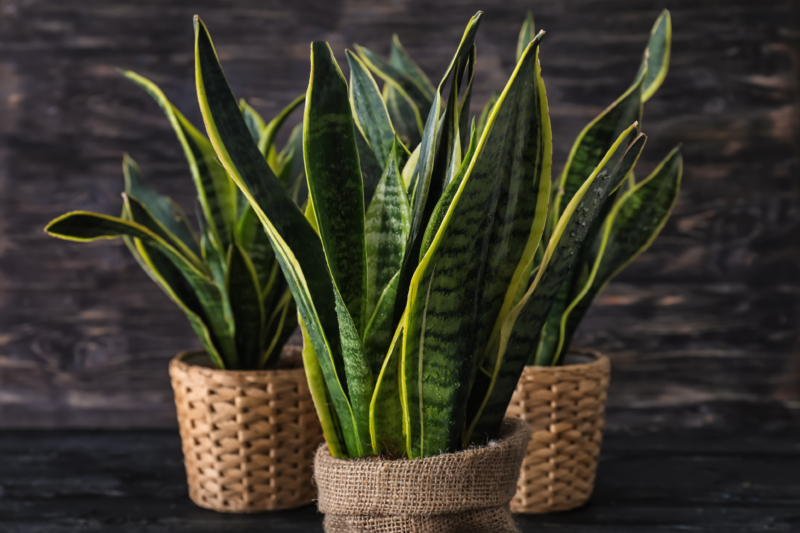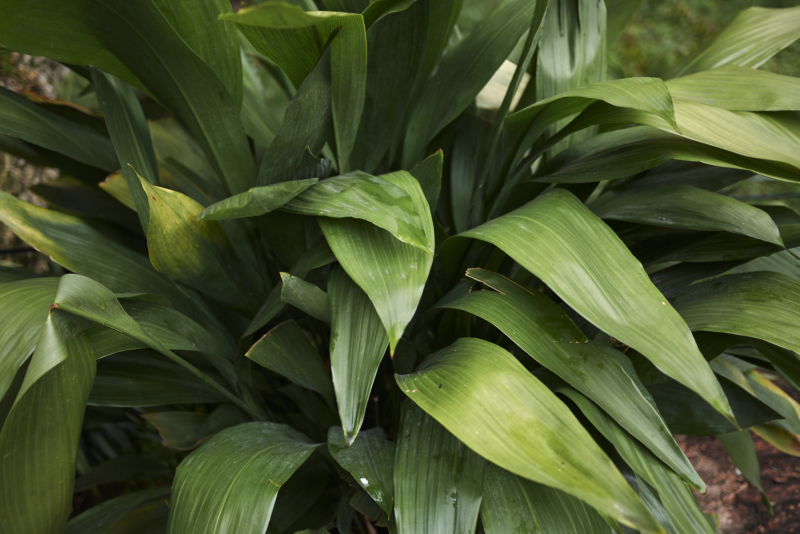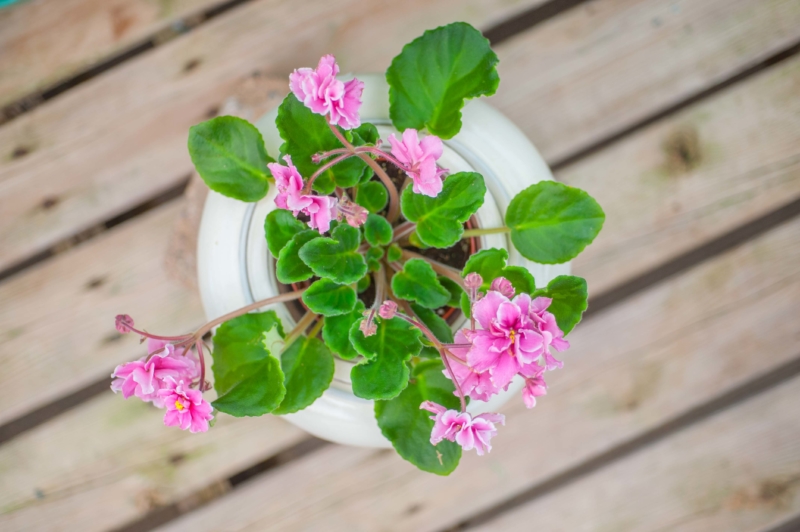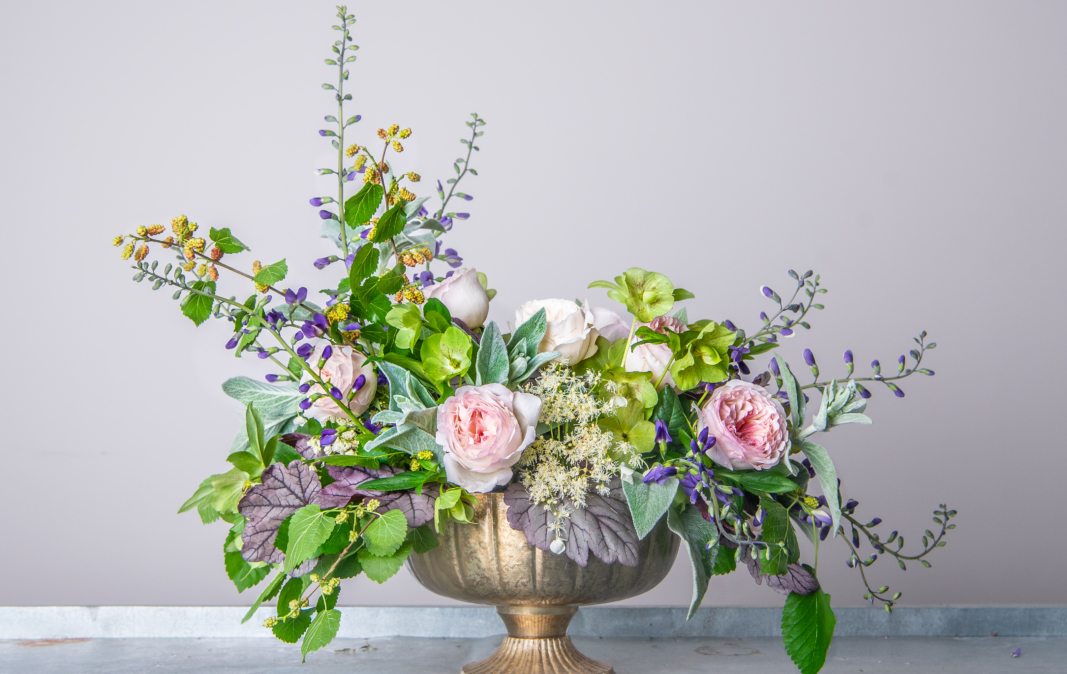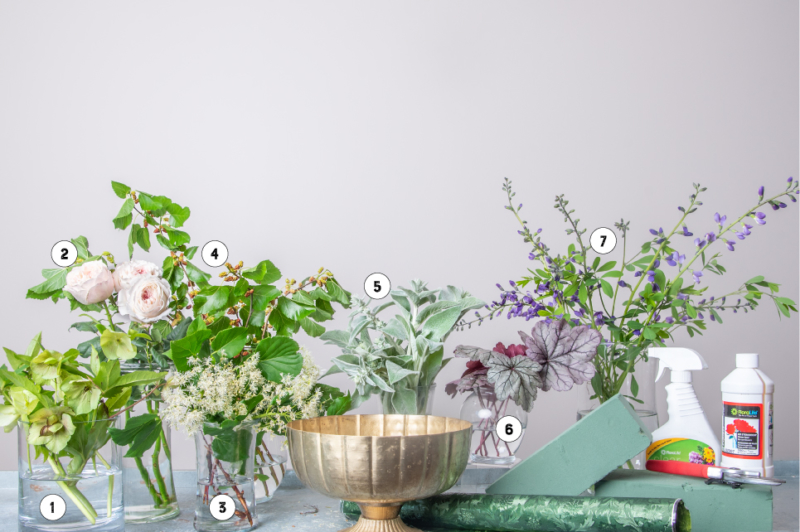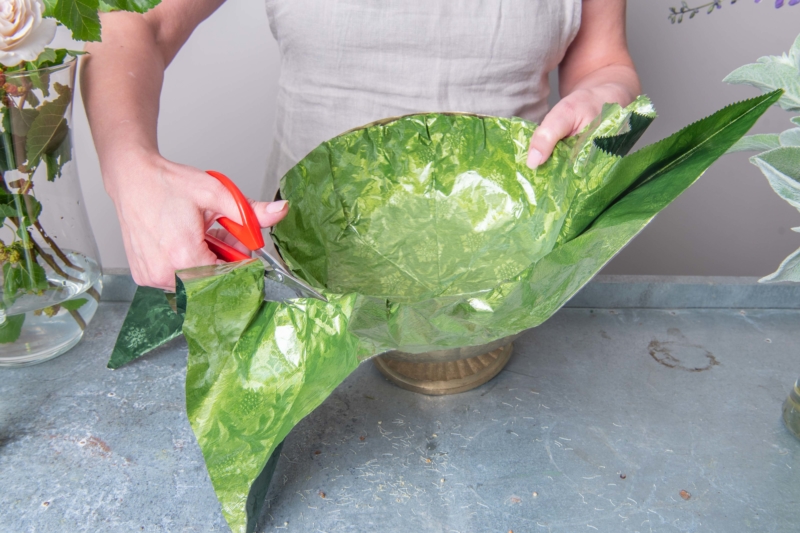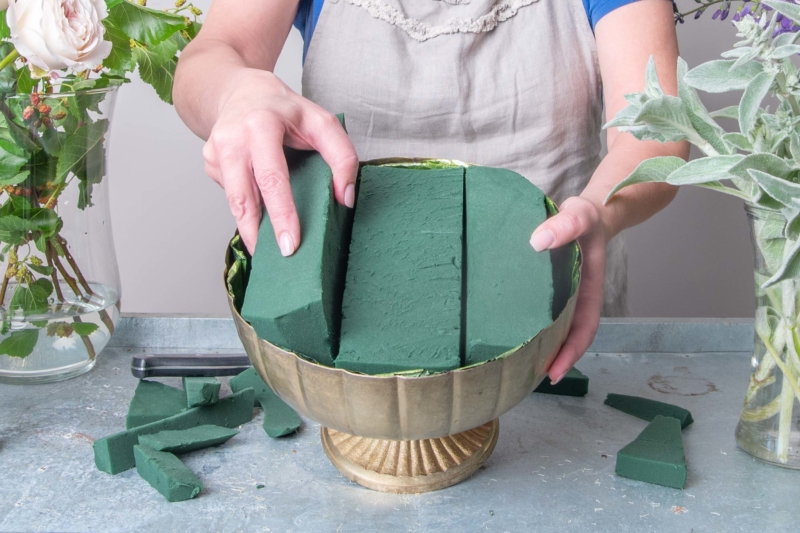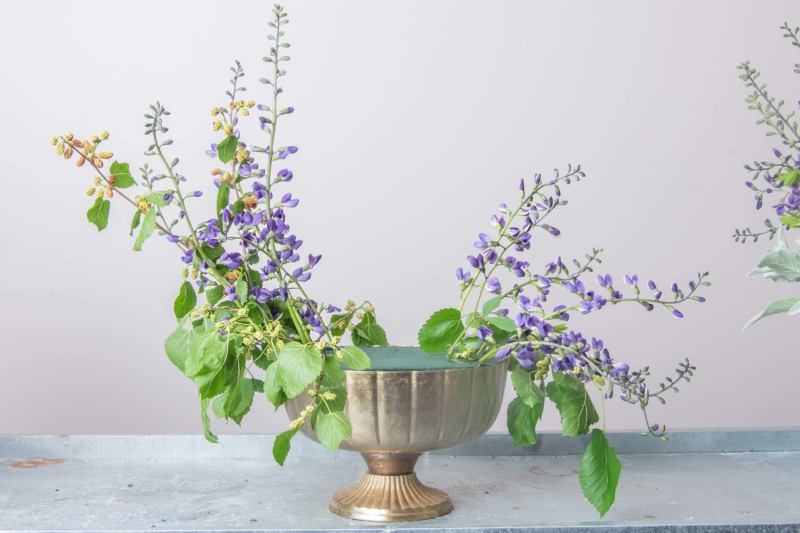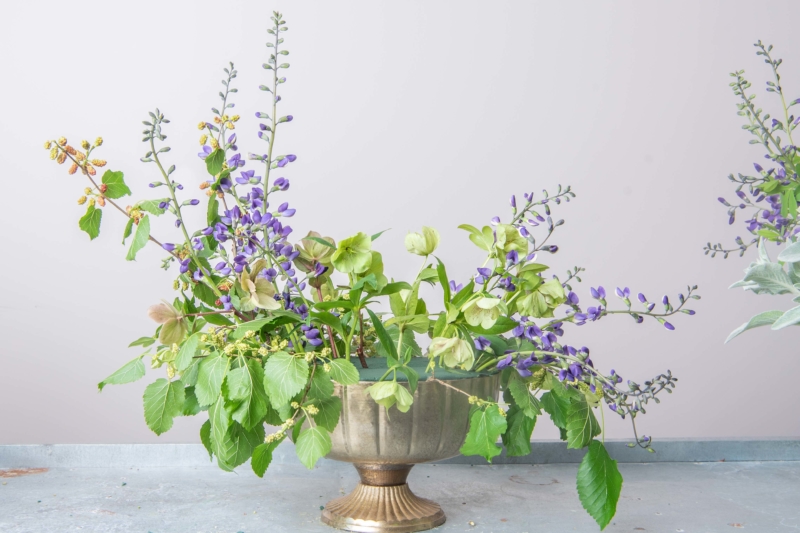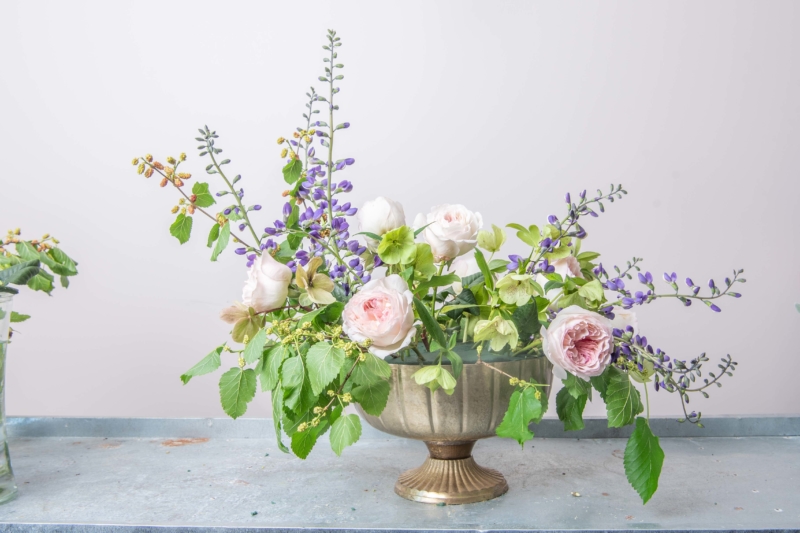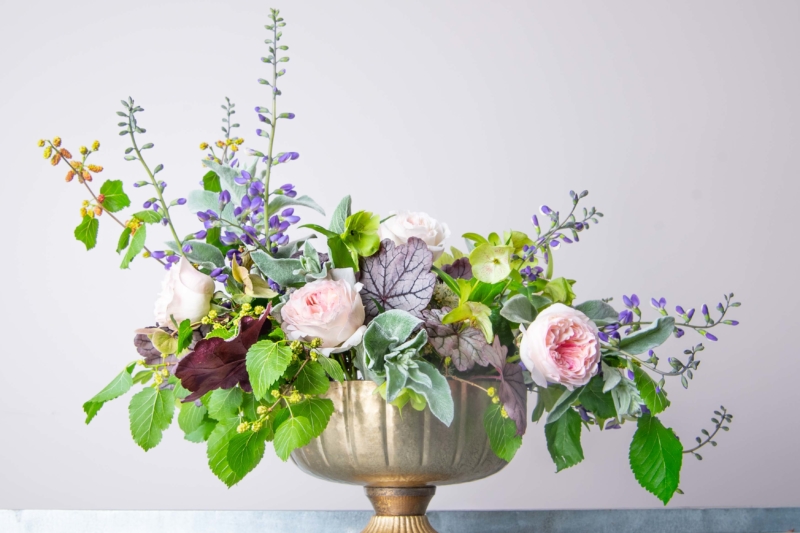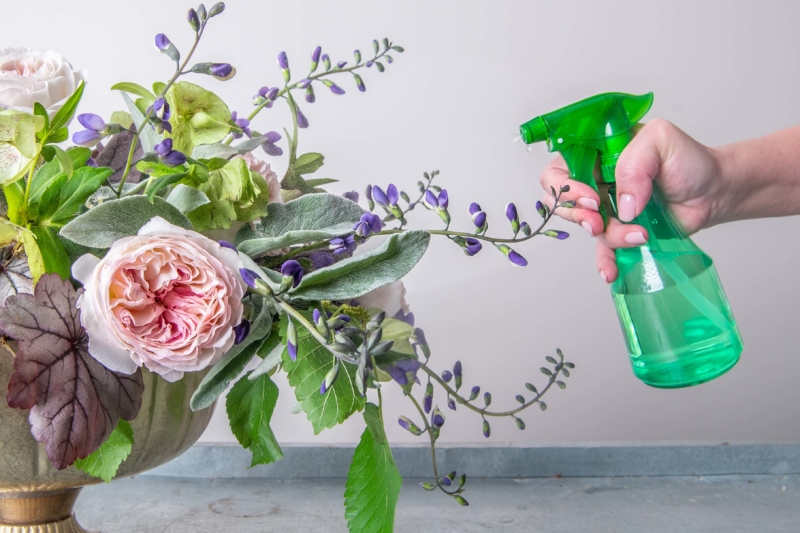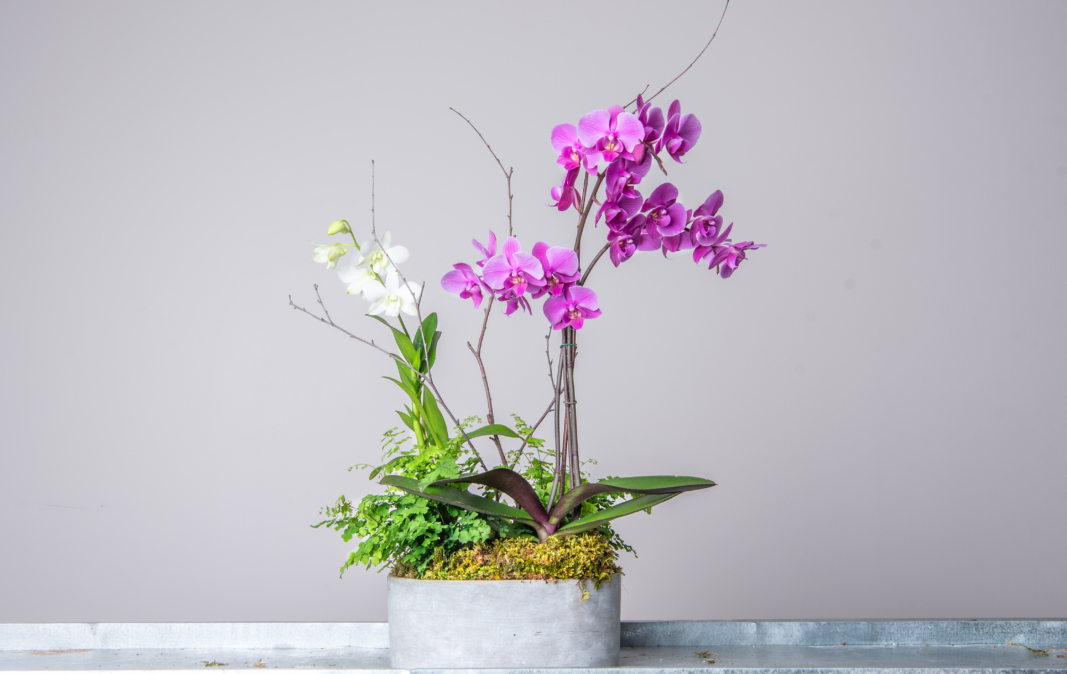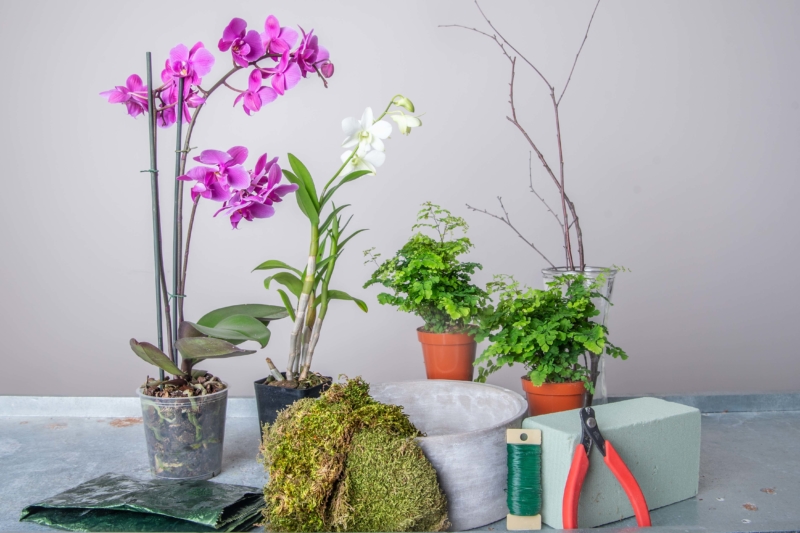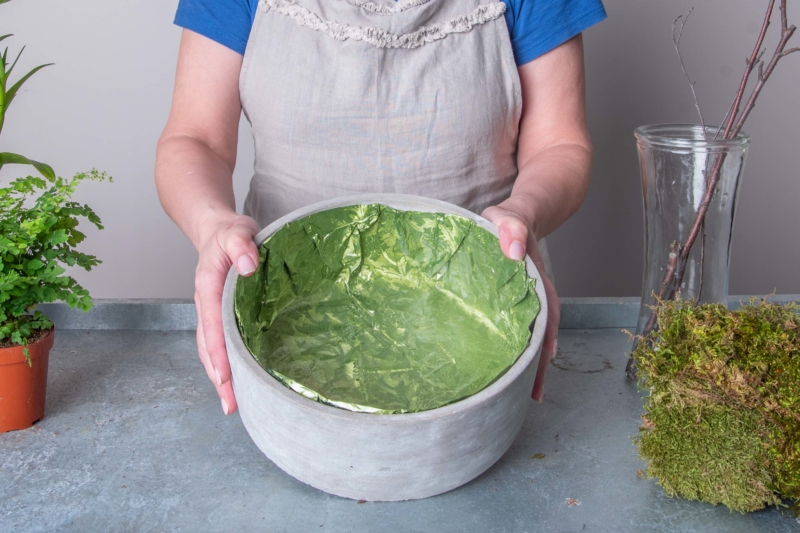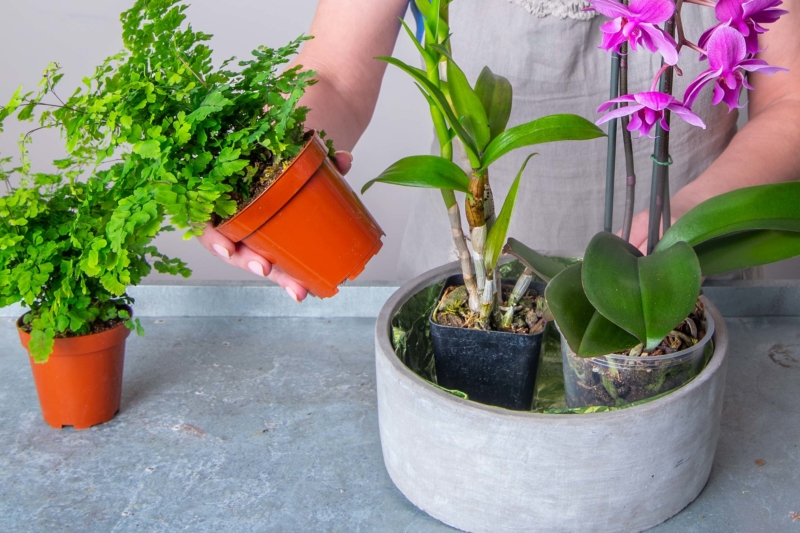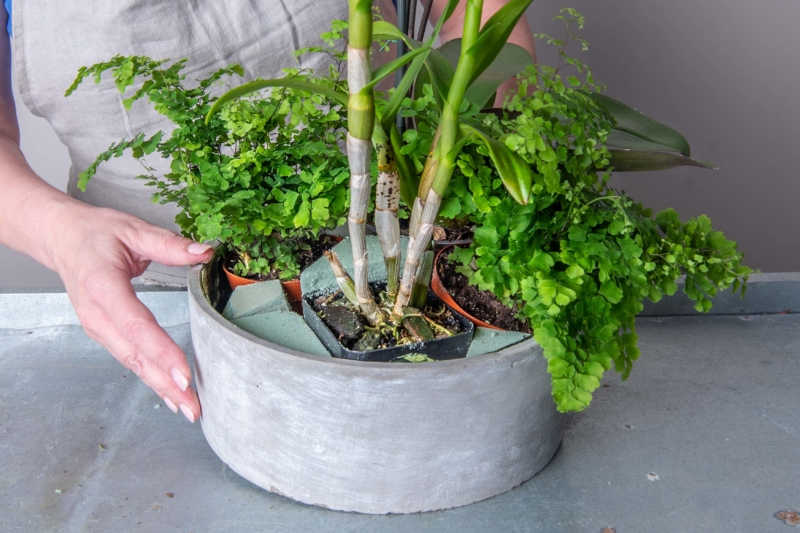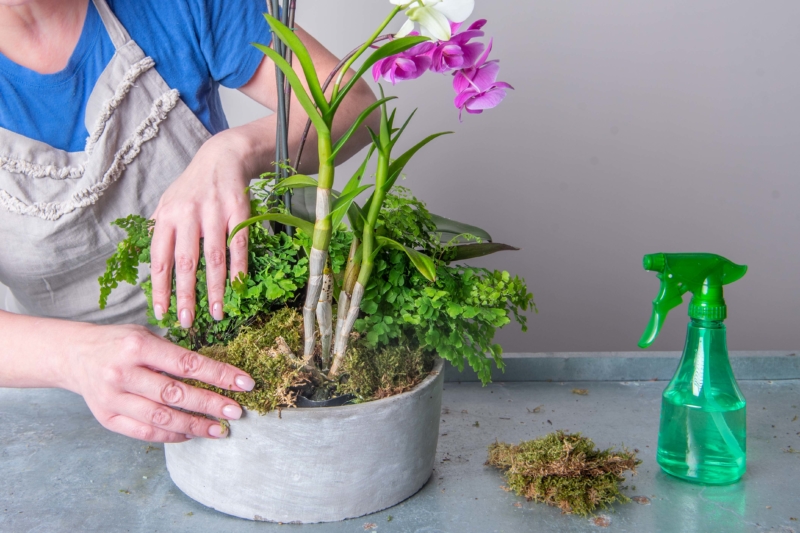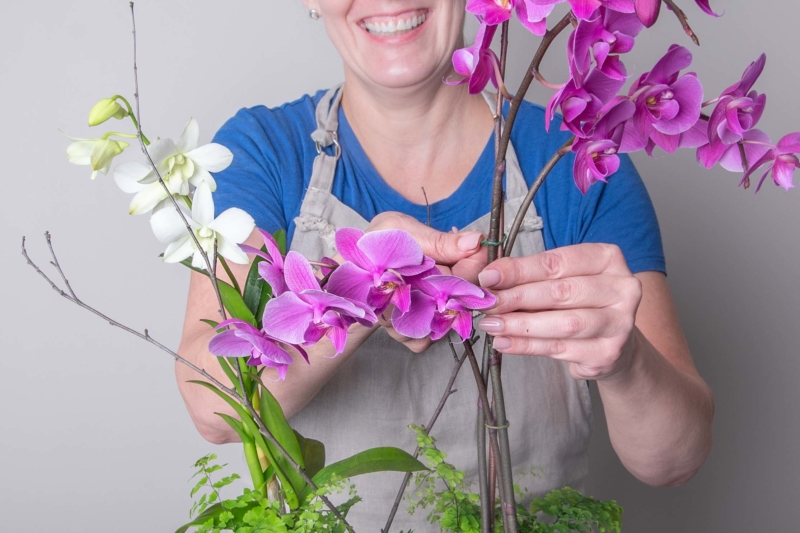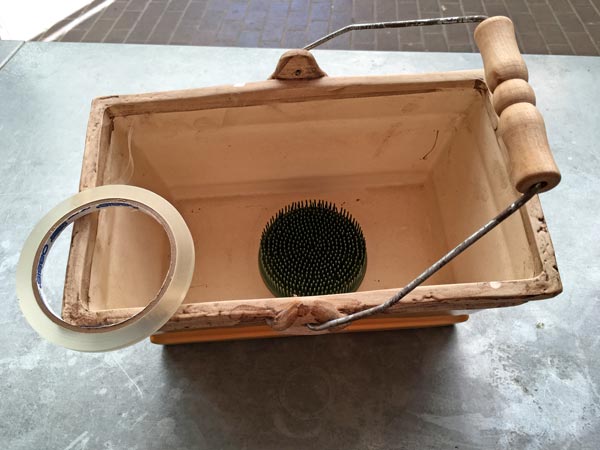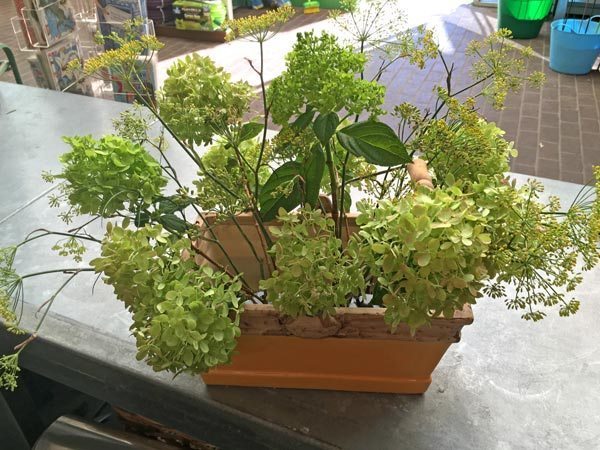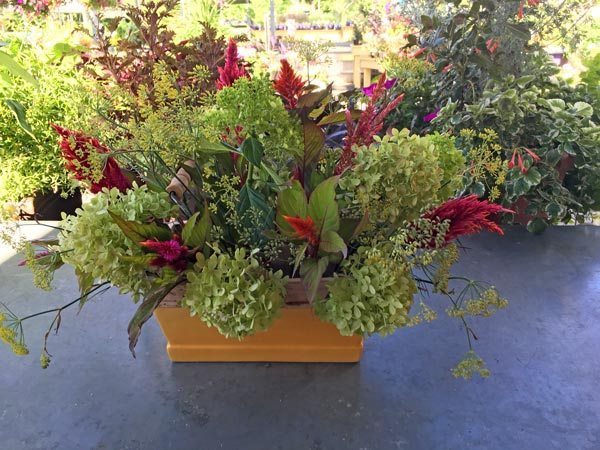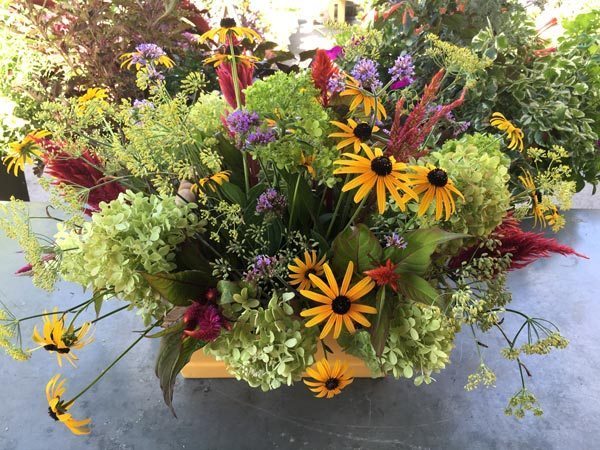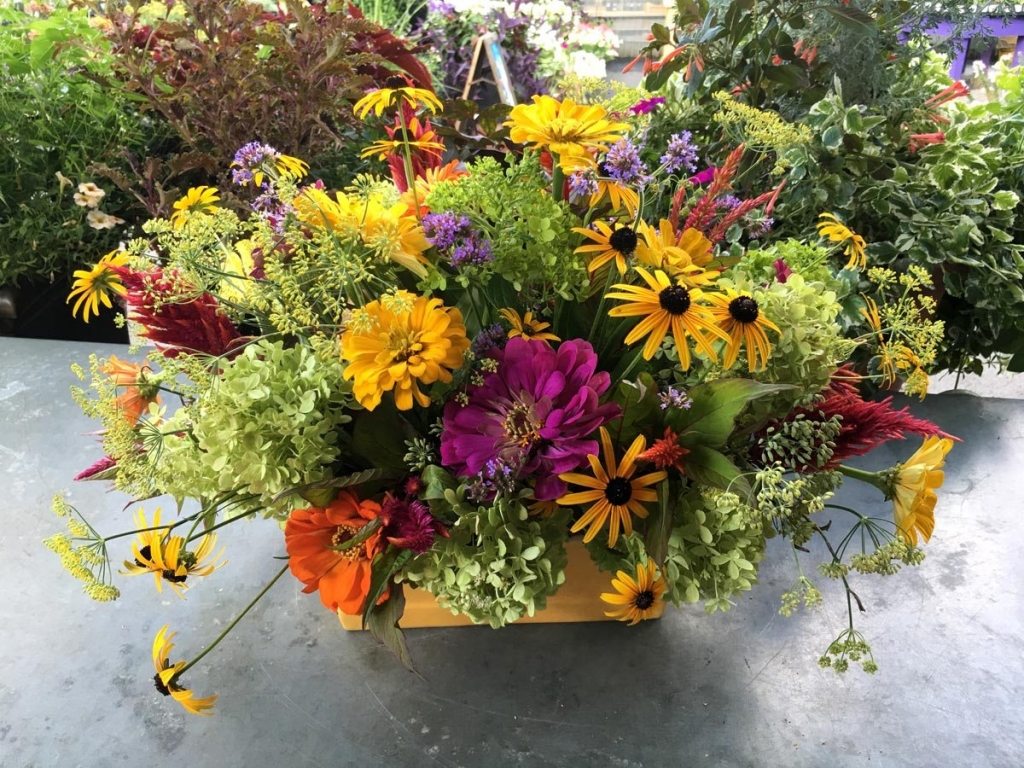Thanksgiving Centerpiece Inspiration
Thanksgiving is almost here and the holiday season is getting into full swing! For many of us, this means welcoming family and friends into our homes for lunches, dinners and festive gatherings. Whether or not you host at your home, this is a fun time to get creative with fall décor. The best part about decorating for the holidays is that the sky is the limit. Using creativity and a combination of found, repurposed, or purchased supplies, anyone can make a beautiful piece for their home. We’ve put together just a few examples for you to get your creativity flowing before Thanksgiving arrives.
Candlelit Harvest Display
In this piece, we combine large pillar candles with an array of natural items you can purchase and collect from outdoors. Pumpkins, gourds, wheat stalks, branches, pine cones and autumn leaves are just a few. Add a little polish by lightly spraying or brushing gold paint on the pine cones or leaves and tying ribbons or raffia around the candles.
Cornucopia with Fresh Greenery
A lush centerpiece featuring the traditional cornucopia makes a classic addition to any Thanksgiving table. Purchase or cut fresh ferns and flowers from your own garden to pair with gourds and pumpkins. Add candles and berries for a finishing touch.
Modern Fall Table in Green, Gray and White
Combine greenery (fresh or artificial) with shades of gray and silver for a more modern take on a fall display. Fresh pumpkins can be painted and sealed any color you want – this arrangement would also look lovely with gold or white. Add some pine cones and berries for extra interest, and your centerpiece is complete.
Metallic Gold and Silver
If you love metallics, this is the centerpiece for you! Spray and seal your pumpkins, gourds, pinecones or fall leaves and arrange with candles or other items to suit your tastes. If you are looking for more holiday decorating ideas, you are welcome to visit us at any of our stores and speak with our design specialists – we are happy to help!


